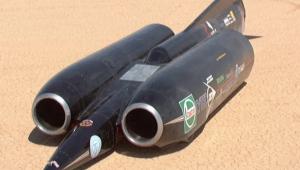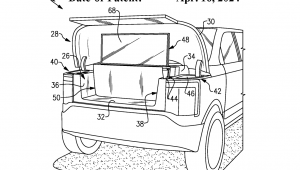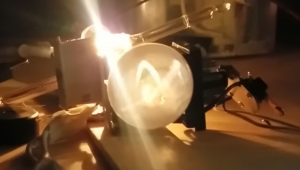Vacuum Tubes: Build Them And They Will Amplify

Alert readers will recall that we recently celebrated the fine art of making vacuum tubes in your basement. Yes, you read that right. Since you don't believe me, you can stand corrected here. Further, alert readers will rightly surmise that a vacuum tube isn't really useful unless it is used for something. And everyone can agree that the best of all possible uses of a vacuum tube is to amplify an audio signal.
Clearly, a vacuum tube amplifier, in addition to the vacuum tube(s), requires various bits and pieces collected in a non-random arrangement around the tube(s). Those pieces don't glow in the dark, so they aren't nearly as subject to the same admiration and lore as tubes, but in fact, they are essential to the task at hand. Fortunately, there are a plethora of videos that fully describe the building of an amplifier, complete with tubes and addenda.
For example, consider this YouTube video. Among the many similar videos, I like this one because the builder does an absolutely superb job of explaining its construction. Moreover, the design is straightforward and uses simple components. To wit, the principal components are two homemade vacuum tubes, three resistors, two transformers, and two capacitors. Of course, you will also need a power supply, audio source, and loudspeaker.
I also appreciate that the builder uses old-time bits and pieces. In the they-don't-make-'em-like-they-used-to category, these vintage components, while not exactly factory-fresh, are rarin' to go. It's no surprise that the dog bone resistors, Western Electric telephone transformers, and rheostat used here are still good. On the other hand, capacitors are always more problematic. Over time, the dielectric can leak, particularly if the parts are subjected to heat or overvoltage. The chore of “recapping” an amplifier is familiar to anyone who's worked under the hood of antique audio gear. The builder here sorts through the trusty parts drawer and finds two mica capacitors that are still up to snuff. In any case, when the series of steps are carefully and correctly followed, the result is an amplified audio signal. High fidelity? Hardly. Super cool? Extremely.
Now, it is not a sign of weakness to acknowledge one's limitations2. In fact, it may be a strength. So, if you are feeling anxious or uncertain about your ability to build a vacuum tube amplifier in your basement, let me give you a few words of encouragement. Paraphrasing from my previous blog about making vacuum tubes, I want you to go scorched earth on that audio signal. I want you to rain down holy hellfire on that audio signal. I want you to take those electrons in your fist and squeeze those little bastards until they cry 'Uncle!' I want you to open a jumbo can of whoop-ass and make those filaments burn. You can do this!
You work doesn't have to be perfect. Sure, the audio signal will be awfully distorted, but that's not the point. Think how much fun this project would be. Even if the thing completely failed to amplify, it would still be a great learning experience. In mean, what's the worst that could happen? I guess setting your house on fire would be pretty bad. Well, actually, electrocuting yourself would be even worse than that.
Hmmm, now that I think about it, under no circumstances should you attempt to build a vacuum tube amplifier in your basement. Leave it to the professionals. They are called “electrical engineers” and apparently they have a knack for this sort of thing.
1. Purist Definition & Meaning - Merriam-Webster
2. Eastwood- A Man's Got to Know his Limitations (youtube.com)





























































